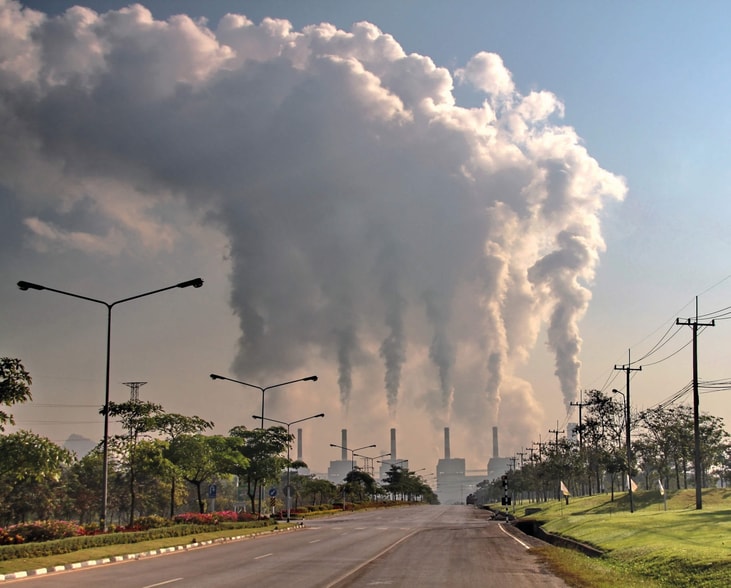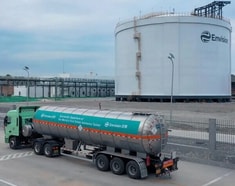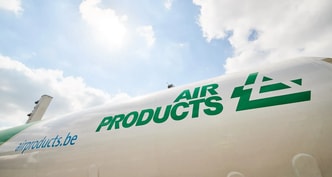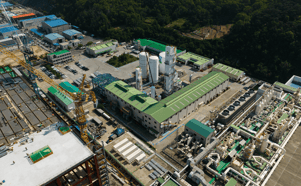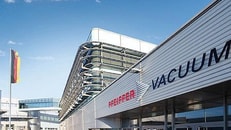Gas report: Carbon dioxide
In the age-old English game of test cricket, patience is a virtue. For at least six hours per day, the wicketkeeper stands behind the batsman, waiting to take the ball. He is tasked with keeping this up for the full five days of the match. Yet, despite the vital role he plays, his exploits are rarely mentioned. Moments of brilliance are briefly acknowledged, but often it’s only when something goes wrong that his performance is brought to light. An errant throw, a missed stumping, a catch dropped.
Crude analogy aside, the industrial CO2 sector seems to function in a similar way. Despite the essential role it plays in ensuring that our food is fresh, and our pints are bubbly, the CO2 industry goes mostly unnoticed to the everyday consumer. It’s only in times of crisis that the gas is brought back into public consciousness.
Despite this, CO2 has become indispensable in an industrial capacity. Naturally occurring, odourless and colourless, the gas has garnered a reputation in recent times as an undesirable pollutant that traps heat within the Earth’s atmosphere. Typically used across the entire food and beverage supply chain, from manufacture to preservation, transport and supply, CO2 is also used in metal fabrication, fire suppression, stimulating plant growth in greenhouses, and many other sectors.
Applications
... to continue reading you must be subscribed

